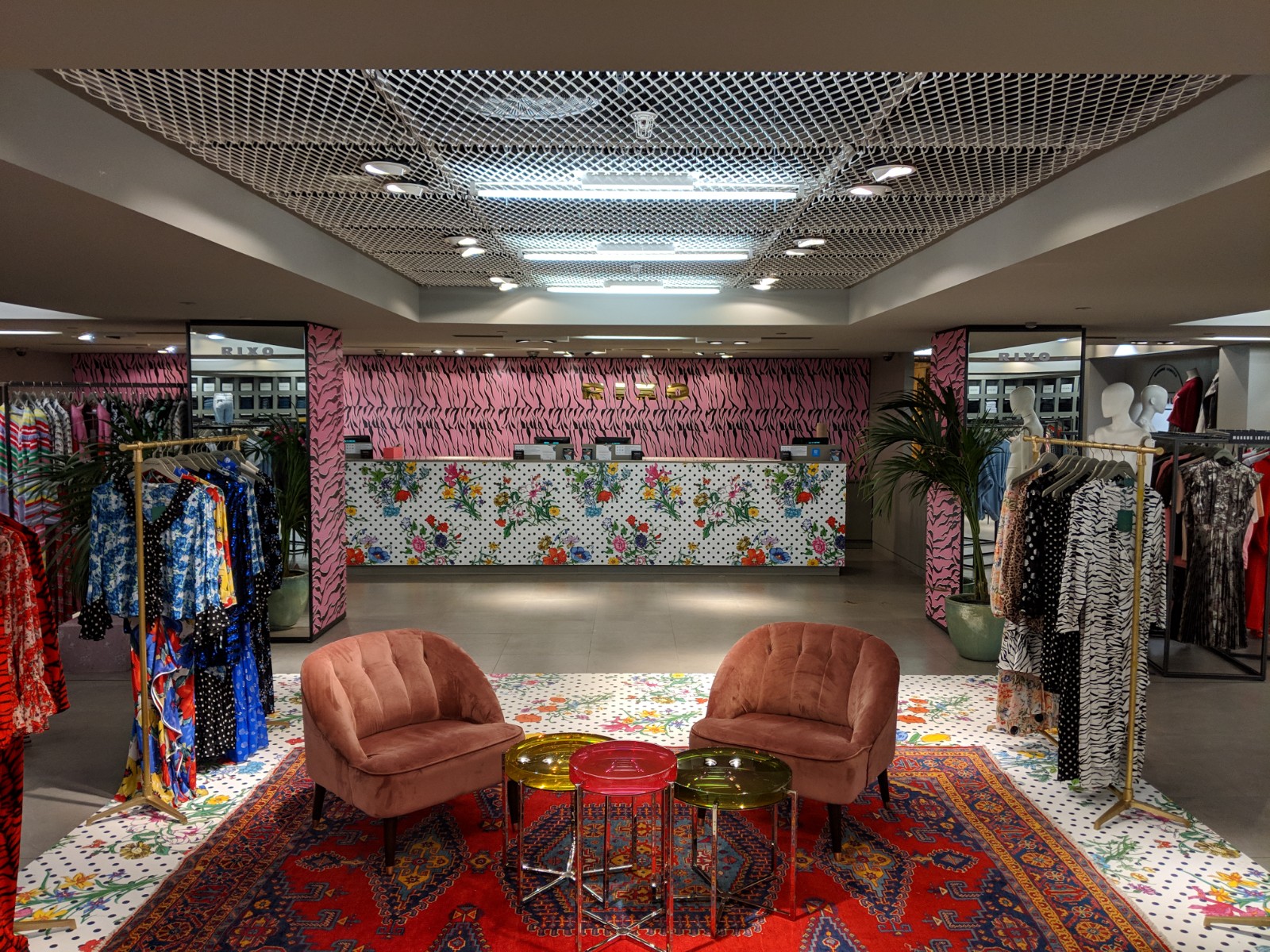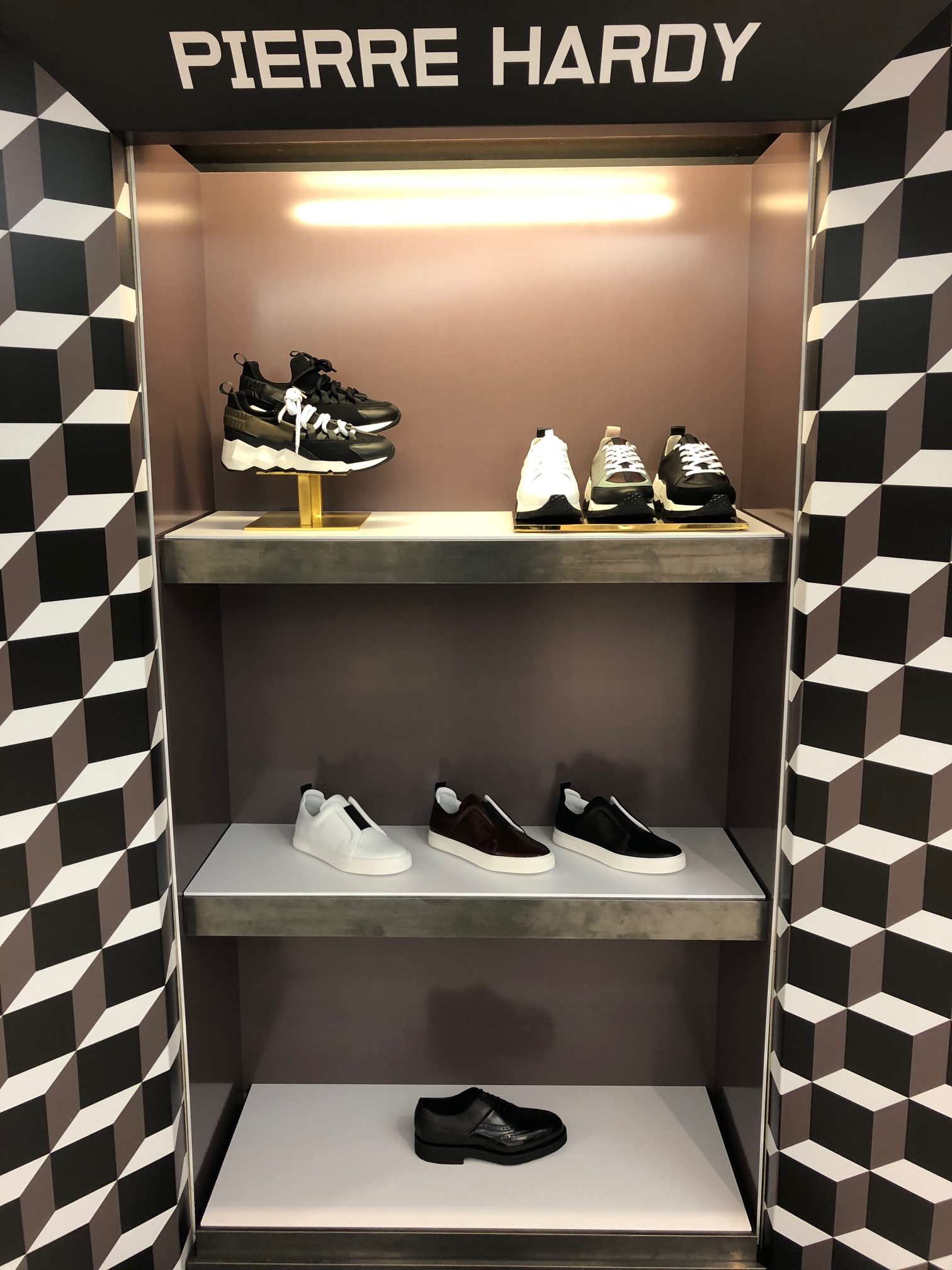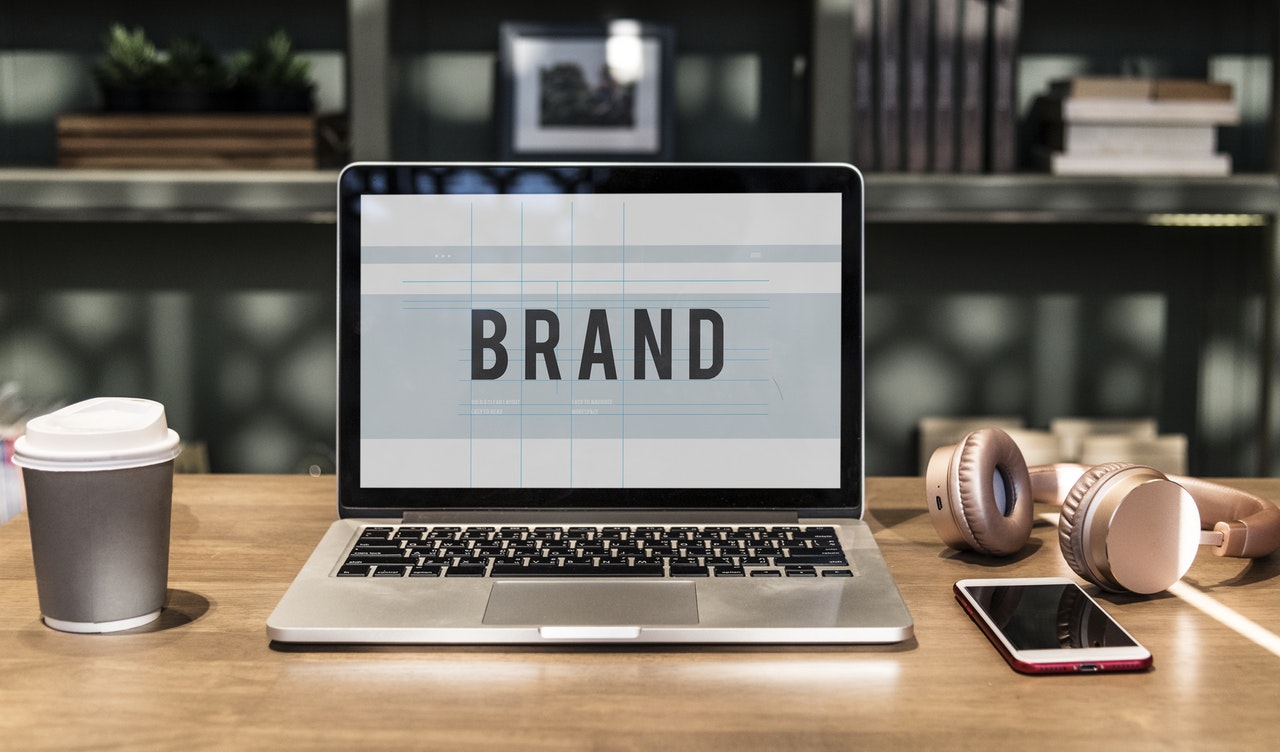Looking for some advice?
Despite the ongoing challenges presented by Covid19, we’re here to help. If you’re working on a large format project, and have any questions, please get in touch via our contact form – our expert project managers are on hand to answer any of your questions.
Graphics are a hugely important aspect of retail, influencing everything from how your customers navigate the space inside the store to how they perceive the brand on a subconscious or emotional level.
From exterior and window graphics to large printed banners and displays in store, there are all kinds of opportunities to present the customer with arresting, emotive, informational or otherwise valuable imagery during their visit to your retail space. In this post, we will cover everything you’ll need to know to get the most out of your store’s visuals.
Using retail graphics to support the products
Retail graphics can be key to reinforcing your brand identity throughout the customer’s visit, but they don’t have to be a simple repeat of the colours, imagery and typefaces you normally use – you can use in-store graphics to associate other concepts to your business’s overall identity. In the image above (showing our work on RIXO London’s pop-up store in Harrod’s Fashion Lab) many of the patterns and designs seen on the clothing are replicated and complemented in the printed banners and floor coverings, emphasising the iconic style and making the store itself as attractive as the products.
Above is a setup we printed for Pierre Hardy, showing another example of how printed graphics can elegantly showcase and support both your brand and your products. As you can see, artful presentation can make the products seem almost like works of art themselves.
How to design large retail graphics
Designing graphics for large format printing is a somewhat different proposition to creating imagery for other formats. Signage, billboards and banners have to be able to communicate their message clearly and simply from a distance – so here are some tips and techniques to help ensure this is the case.
Typography
In addition to picking typefaces that maintain consistency with your overall branding, it’s important to select simple lettering styles that are clearly readable from a distance. You may find that cursive type, for example, is difficult to decipher.
It’s always important to remember that most people don’t generally give background signage their full, undivided attention – and so if your graphics have something to say, make sure it can be understood at a glance.
Clear ideas
It’s always a good idea to boil your ideas down to their simplest form and communicate them with maximum clarity. What is the simplest way of expressing the concept of any given graphic?
Can you boil the text to as few words as possible – or replace it with an image that communicates the same thing? After all, as the old maxim has it, “a picture is worth a thousand words.”
A simple example might be that instead of including text saying that “our products will make you happy”, you could just have an image of a visibly happy person using one of your products, and nothing else – it’s the same idea, but communicated more clearly and visually.
Colours
The colours you use for your design are important – not everything has to be arrestingly bright and colourful, but it’s important to pick carefully to ensure that your brand values are upheld throughout the store and that a given sign doesn’t “disappear into the background.”
When designing large graphics for physical display in the real world, it’s generally advisable to consider the context of the finished piece. In other words, where is it going to go? You may not want to put a red graphic on a red wall – or, worse, a grey and muted sign next to a lot of external elements that are garishly coloured, where it is likely to be overlooked. It’s also important to consider lighting: will the graphic be well lit, or is it going in a dark corner?
Communicating from a distance
Designing for large-format printing is not the same as designing graphics for the web, or for smaller physical items that are designed to be viewed at close quarters. A large wall graphic in a shop, for example, may be viewed from the opposite end of the room by some customers – and a window graphic might be seen from the other end of the street!
To some extent, a designer can test the readability of their work at a distance by zooming out in their design software and seeing if things are still legible at 50%, 25% or 10% magnification, or by showing it to another person in that state and seeing if they are able to decipher at least the basics of what the graphic is meant to communicate.
Technical considerations for large retail graphics
When designing for print, always be sure to use the CMYK colour profile of your chosen design software (RGB is often the default). RGB is generally meant for on-screen colours, and may not translate well to physical printing – and you may find that some of your colours come out looking a bit “off.”
The industry standard resolution for large-format printed colour artwork (i.e., larger than A2) is between 75 and 150 dpi, depending mostly on the size of the finished artwork – and a good general rule of thumb is that the further away the artwork will be seen, the lower the resolution needs to be.
In all cases, if you’re unsure about the technical requirements for a particular project, you should contact the printer for help and advice. You can also consult our dedicated blog post on practical considerations for large format printing for more information.
Organising retail graphics
When it comes to actually getting your graphics printed and installed, there are a few questions that tend to spring to mind:
- How much do printed retail graphics cost?
- What is the turnaround time for printed retail graphics?
- How long do printed retail graphics last?
The answers to these questions vary so much from one project to another that trying to give a ballpark figure would be of little value; instead, the best way to get an accurate estimate is always to discuss the project with your print supplier.
In order for them to accurately give a price quote and predicted turnaround time, they would need to know the following information:
- Will the project be displayed externally or internally?
- How long will it be in situ?
- To what type of surface will it be applied?
- What quantity do you require?
- Will the project require single or double-sided printing?
- Is colour proofing/sampling required?
- When will the printer receive the final artwork?
- What type of finish is required?
- Is complex cutting required?
The lifespan of printed retail graphics, again, will depend entirely on the type of graphics required, where they are to be installed, the environment in which they will be situated, and more. Your print supplier will be able to advise on the most suitable products for the intended duration of the project and how they should be looked after.
Conclusion
Graphics are a vital part of the internal environment of your retail space, influencing everything from how your customers find their way around the store to their disposition towards impulse buying and whether they consider your brand to be high or low-quality. From generally reinforcing your brand ideals to directing consumers to a specific product or area, internal artwork and signage can elevate the shopping experience and boost sales significantly.
By developing appropriate artwork and enlisting expert help with the technical side of the printing, you could soon secure great in-store and window graphics for your retail outlet and bring your customers’ enjoyment of your shopping environment to an all-time high. If you’d like to know more about how PressOn can help you achieve this, don’t hesitate to contact us!






